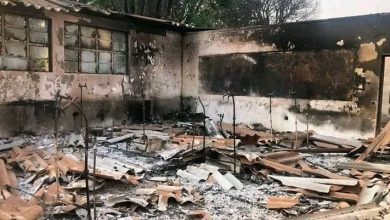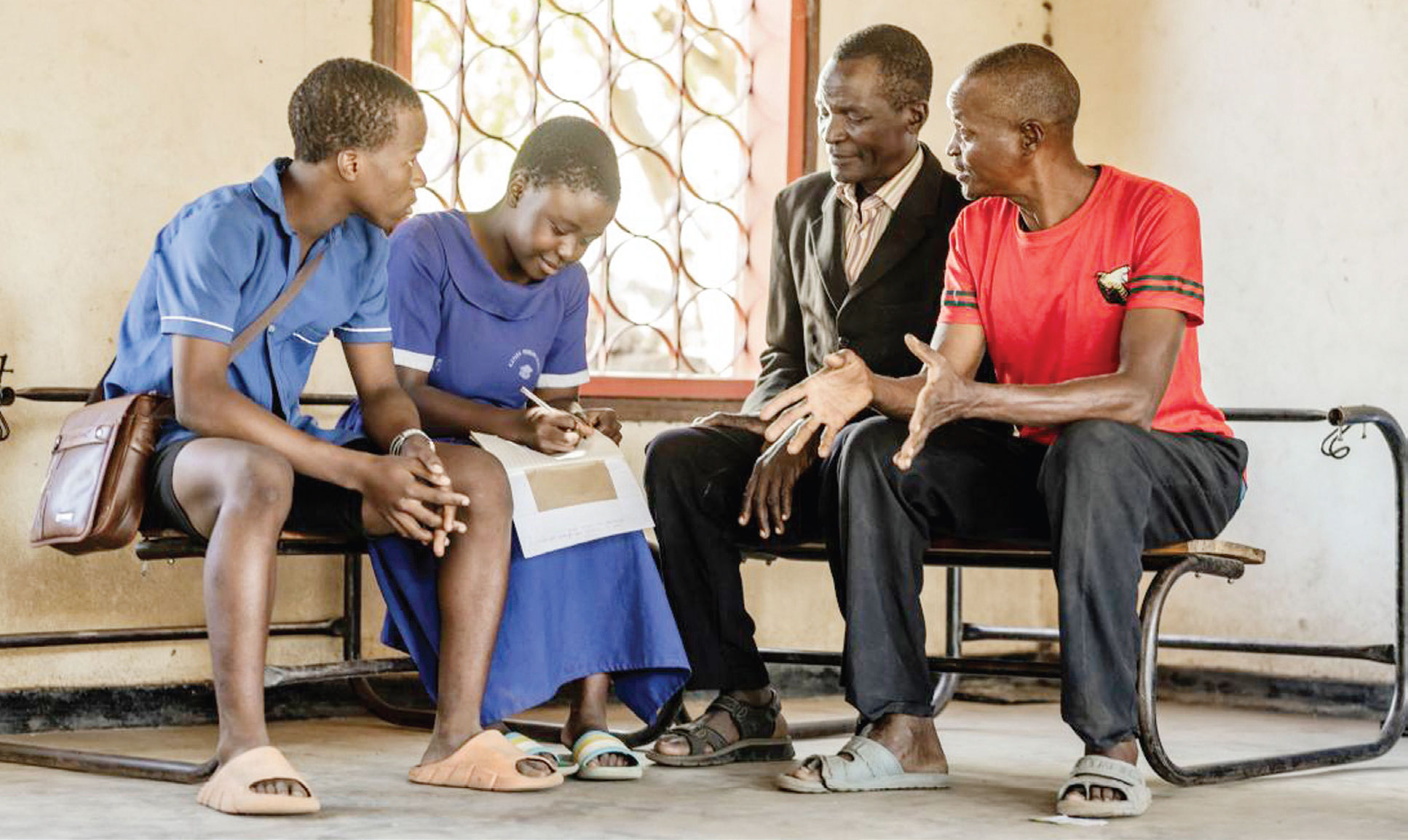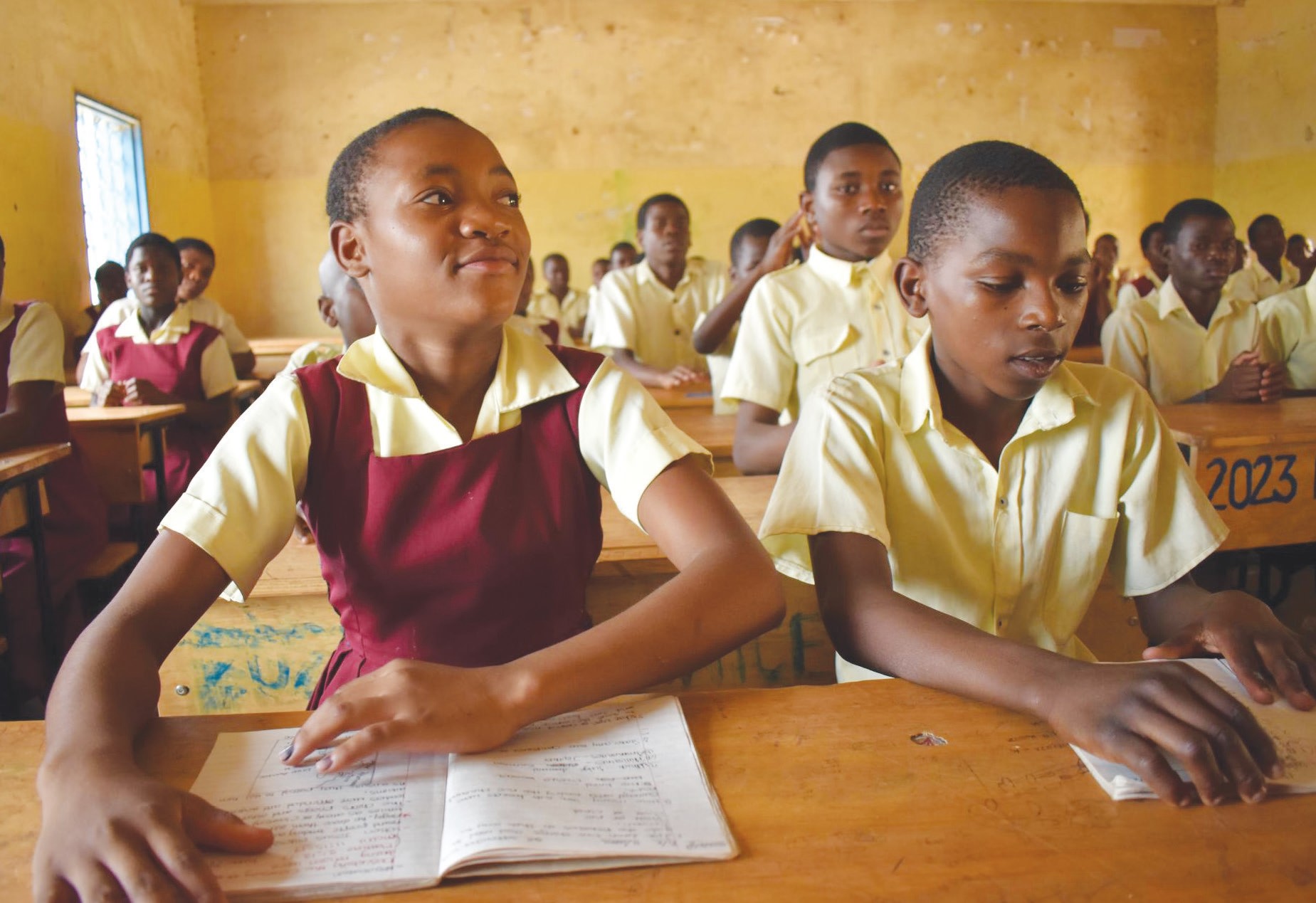Can Malawi manage free secondary education?
 Malawi’s free primary school programme might have been a great idea when it was introduced in 1994 but its impact has been rather disappointing.
Malawi’s free primary school programme might have been a great idea when it was introduced in 1994 but its impact has been rather disappointing.
At least, children from poor background like Symon Peterson, 12, can have access to education, courtesy of free primary school education.
In a country where over 40 percent of the people live below a dollar, there are a number of Petersons who could not manage to access education because of poverty.
Today, courtesy of free primary education, Peterson is in Standard Four at Chimbiya Primary School, located 40 minutes drive from Nchalo, Chikhwawa.
But Peterson is not getting the quality education he needs to break his family’s cycle of poverty.
The school he goes to, though it has classes from Standard One to Six, has a single block with two classrooms. Standard One, Two and Three pupils learn under trees. Peterson sits at the back of his congested Standard Four class of 163 pupils, learning under a grass-thatched shed. There are no classes during rainy season.
Even worse, most teachers are demotivated.
“As you can see, there is hardly a teacher’s house, not even one for a head teacher. We cycle, some walk, 8 kilometres everyday day to and from our respective homes. Often, with the heat of Chikhwawa, we always arrive tired and sweating profusely. Rainy season are the worst. You cannot give the best in such circumstances,” says Frank Katandika, the school’s head teacher.
The story of Chimbiya Primary School captures challenges facing primary schools in the country following the introduction of free primary education programme.
Chancellor College education lecturer Esme Kadzamira argues that given the lack of an overall policy framework and an analysis of the resource implications of embarking on this route, the expansion of primary education has been at the expense of quality.
“It is worth noting that the introduction of FPE was opposed by the development community which preferred a more gradual, phased route. They only came around when FPE was declared, what was essentially a political imperative,” she says.
Given this background, one wonders whether United Democratic Front (UDF) leader Atupele Muluzi’s idea of free secondary school education is feasible. Muluzi was last week quoted in the media as having said if he gets elected into office in 2014, he will introduce free secondary education.
It is important to understand that Atupele’s promise is not out of this world. A number of African countries, after introducing free primary education programmes, are now turning to secondary education. Kenya is a good example.
While seeking re-election during 2007 general elections, former Kenyan leader Mwai Kibaki promised to introduce free secondary education.
Experts—both in education and economics—questioned the authenticity of the promise given the challenges of financing facing the free primary education Kibaki introduced in 2002.
After getting elected, Kibaki launched free secondary education in 2008. Under the programme, the government would pay tuition fees while parents covered boarding costs and bought uniforms.
However, seven months after the programme was supposed to take off, government only provided a quarter of the funding to the schools.
So, is the free secondary school idea realistic in Malawi?
Limbani Nsapato, an education policy analyst, argues that the skills pupils are getting from primary schools are not adequate for them to be creative and think critically as 21st century citizens in a world of economic crisis and rising unemployment.
“At the same time, the secondary school enrolment is so low because most of those graduating from primary schools are left out because they come from poor backgrounds,” he says.
Even Dr Steve Sharra, one of the country’s renowned commentators on education, agrees.
“With no life skills that would enable them to eke out an independent living, it’s a recipe for disaster,” he says.
Benedicto Kondowe, executive director of Civil Society Education Coalition (CSEC), adds that it is not wrong to think in the lines of subsidising secondary education.
But despite welcoming the idea, most commentators argue that Malawi needs to view it as a vision, not something that should be implemented with haste.
“Free secondary education is a great pipe project; however, let’s recall we rely too heavily on donor support and donors have not been too keen on secondary, especially those who do not see it as a basic life skill,” says Roy Hauya, executive director of Malawi National Examinations Board (Maneb).
He adds that the cost of free secondary education would be high.
“We need to learn from the impact free primary education has had on the whole education system and prevent any such effects at this level or else all we are going to do is replicate the mediocrity that has already set in terms of opportunity of learning,” he says.
He is right. The introduction of Free Primary Education (FPE) saw increased enrolment, from 1.9 million in 1993/4 to about 3.2 million in 1994/5. This further increased the pupil-teacher ratio and also led to a situation where 13 percent of teachers were unqualified.
The impact was even worse on budgeting for the education sector.
Kadzamira says government’s recurrent expenditure on education almost doubled between 1990/1 and 1997.
Nsapato argues that Malawi requires a thorough costing of the programme to avoid repeating the challenges of FPE.
“Part of this costing should look at infrastructure needed, teaching and learning materials, teacher recruitment and deployment, as well as governance, management and sustainability,” he says.
Sharra adds that there is need to do estimates on how many more students will enrol, how many teachers will be required and the facilities needed.
“There is also need to see how much the education budget will need to increase by and where the money will come from, among other considerations,” he says.
Kondowe says, in terms of practicality at the moment, Malawi cannot implement free secondary education soon.
“The challenges facing the education sector due to FPE are just too many to think of subsidising secondary education,” he says.
He proposes that to kick-start the process, Malawi needs to move towards compulsory basic education so that no one is left behind in the journey towards a literate nation.
“Even before we start talking about that, we also need to redefine basic education. Most countries these days include lower secondary school classes, in our case, forms one and two, in basic education,” he says.
If Malawi takes such a move, he adds, it means it would have begun a gradual journey towards making secondary education free.
“If we include forms one and two in the framework of basic education, it means they will automatically be free. After that, then we can begin to strategise on how, after careful analysis, we can make the upper secondary classes free as well,” says Kondowe.
Sharra believes that if properly and efficiently executed, benefits of free secondary school education could potentially be transformative.
“Graduating from secondary schools with the essential skills, these students could bring new ideas and renewed energy into their communities, thereby widening economic activity and uplifting the country’s productivity,” he says.





